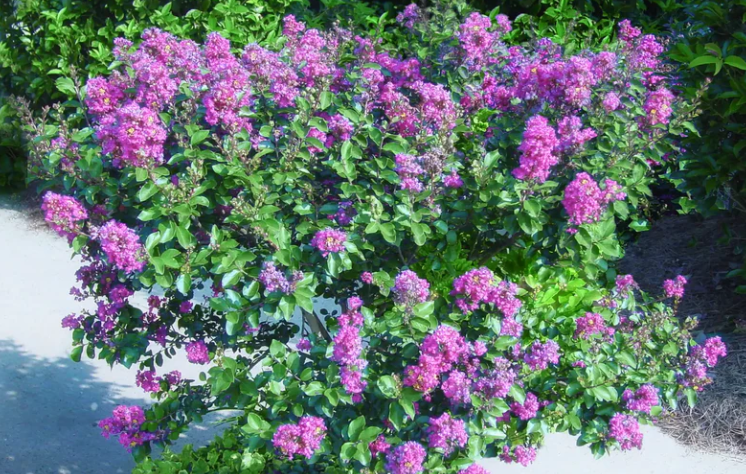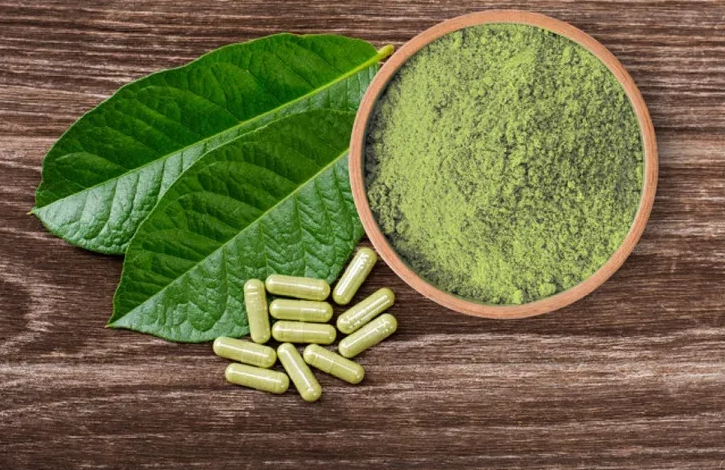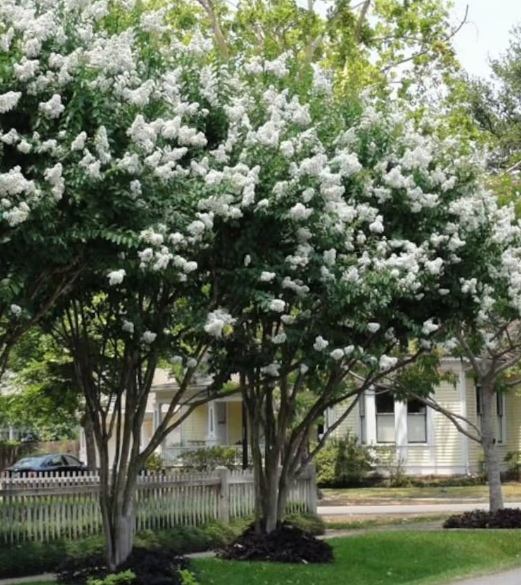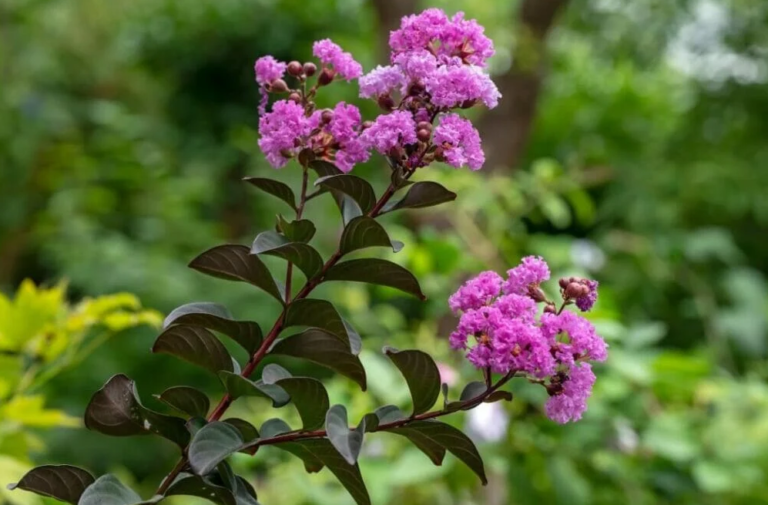Crape myrtle, with its vibrant floral display and delicate grace, adds a touch of enchantment to any landscape. But beneath its beauty lies a hidden potential, waiting to be unveiled – the power to transform into a delectable and potentially therapeutic tea. Intrigued? This comprehensive guide delves into the world of crepe myrtle tea, unveiling its secrets and empowering you to brew a cup brimming with flavor and well-being.
Exploring the Origins of Crape Myrtle Tea
While not as widely recognized as its herbal counterparts, crepe myrtle tea boasts a rich history rooted in traditional medicine. In Southeast Asia, particularly the Philippines, where the tree is known as “banaba,” its leaves have been revered for centuries for their diuretic, antidiabetic, and anti-inflammatory properties. This knowledge, passed down through generations, has blossomed into a vibrant tea culture, with banaba tea gracing tables and herbal remedies.
Botanical Secrets of Crape Myrtle
But what makes crepe myrtle tea so special? The answer lies in the intricate dance of nature within its leaves. These leafy treasures are brimming with bioactive compounds like corosolic acid, gallic acid, and ellagic acid, all champions in the realm of health benefits. Corosolic acid, for instance, holds promise in regulating blood sugar, while gallic acid and ellagic acid boast impressive antioxidant and anti-inflammatory properties.

A Step-by-Step Guide to Crafting Crape Myrtle Tea
Now, let’s embark on a sensory journey, transforming those vibrant leaves into a cup of pure delight. Here’s your roadmap to brewing bliss:
Selecting the Stars:
- Freshness is key: Opt for freshly picked leaves from a healthy, pesticide-free crepe myrtle tree.
- Season matters: Harvest leaves in the spring or early summer, when their potency is at its peak.
- Leaf or flower power: Both leaves and flowers can be used, offering slightly different flavor profiles. Leaves tend to be earthy and slightly sweet, while flowers add a floral touch.
Read More: How to Make Essiac Tea
The Art of Drying:
- Gentle dehydration: Spread the leaves or flowers in a thin layer on a drying rack or screen in a well-ventilated, shaded area. Alternatively, use a dehydrator at low temperatures (around 95°F).
- Patience is a virtue: Allow the leaves to dry completely, becoming crisp and crumbly. This ensures optimal flavor and storage.
Steeping to Perfection:
- Measure the magic: For a single cup, use about 1 tablespoon of dried leaves or flowers.
- Temperature tango: Heat water to boiling, then let it cool slightly (around 185°F) for optimal extraction.
- Let it steep: Infuse the leaves or flowers for 5-10 minutes, depending on your desired strength.
Unveiling the Symphony of Flavors:
Take a moment to savor the aroma, a delicate blend of earthy, floral, and slightly sweet notes. Then, take that first sip and let your senses awaken to the unique tapestry of flavors. Crape myrtle tea offers a subtle sweetness, complemented by a hint of earthiness and a refreshing floral whisper.
Suggested Article: Does Chai Tea Make You Sleepy?
A Splash of Personalization
While savoring the pure essence of crepe myrtle tea is a delight in itself, there’s room for playful exploration. Feel free to:
- Add a touch of sweetness: Honey, stevia, or a squeeze of lemon can enhance the naturally subtle sweetness.
- Spice it up: Ginger, cinnamon, or a sprinkle of cardamom can add a warm, exotic twist.
- Fruity fusion: Infuse your tea with berries, citrus slices, or apples for a vibrant burst of flavor.
Read More: Should You Squeeze Tea Bags
Potential Health Benefits of Crape Myrtle Tea

While research on crepe myrtle tea’s health benefits is ongoing, traditional uses and preliminary studies suggest it may offer a range of potential perks:
- Blood sugar regulation: Corosolic acid, a key compound in crepe myrtle leaves, may aid in blood sugar control and insulin sensitivity.
- Antioxidant powerhouse: The abundant antioxidants like gallic acid and ellagic acid offer protection against cellular damage and inflammation.
- Diuretic properties: Crape myrtle tea may help the body eliminate excess fluids, potentially aiding in weight management and blood pressure control.
- Antimicrobial potential: Studies suggest crepe myrtle extracts may exhibit antimicrobial properties against certain bacteria and fungi.
While generally considered safe, crepe myrtle tea may interact with certain medications or have side effects in pregnant or breastfeeding women. It’s always best to consult with a healthcare professional before incorporating any new herbal remedy into your routine, especially if you have any underlying health conditions.
Additional Uses for Crape Myrtle
The versatility of crepe myrtle extends beyond the realm of tea. Its leaves and flowers have found their way into a variety of traditional remedies and culinary applications:
- Tinctures and extracts: Concentrated forms of crepe myrtle can be used topically for wound healing or internally for their potential health benefits.
- Culinary delights: In some cultures, young crepe myrtle leaves are used in salads or stir-fries, adding a unique flavor and textural element.
- Cosmetic applications: Crape myrtle extracts have been incorporated into skincare products for their potential anti-inflammatory and antioxidant properties.
Cultivating Your Own Crape Myrtle Tea Garden

For the nature enthusiast, cultivating your own crepe myrtle tea garden offers a rewarding experience. Here are some tips to get you started:
- Choosing the right variety: Opt for crepe myrtle varieties known for their potent leaves, such as Lagerstroemia speciosa or Lagerstroemia indica.
- Planting with care: Select a sunny location with well-drained soil and provide adequate watering, especially during the first year.
- Harvesting responsibly: Prune only a small portion of the leaves at a time, ensuring the tree’s health and promoting sustainable growth.
With a little patience and care, your crepe myrtle tea garden can become a thriving source of both beauty and well-being.
Read More: Are Tea Bags Supposed to Float
The Future of Crape Myrtle Tea
As research into crepe myrtle’s potential health benefits continues, its presence on the herbal tea scene is likely to blossom. Its unique flavor profile, coupled with its promising therapeutic properties, positions it as a contender in the world of healthy and delicious beverages. So, why not raise a cup to this emerging star, savoring the taste of tradition and embracing the promise of well-being that lies within each delicate leaf?
Resources & References
- Wikipedia article on Crape Myrtle: https://en.wikipedia.org/wiki/Lagerstroemia
- National Center for Complementary and Integrative Health article on Corosolic Acid: https://www.ncbi.nlm.nih.gov/pmc/articles/PMC3783921/
- Study on the anti-inflammatory and antioxidant properties of Crape Myrtle: https://pubmed.ncbi.nlm.nih.gov/30411695/
- Information on growing Crape Myrtle trees: https://www.missouribotanicalgarden.org/PlantFinder/PlantFinderprofileResults.aspx?basic=lagerstroemia
FAQs About Crepe Myrtle Tea
Crape myrtle tea, brewed from the leaves or flowers of the vibrant crape myrtle tree, is gaining popularity for its unique flavor and potential health benefits. But before you dive into this blossoming brew, you might have some questions. Here are 6 common FAQs to help you navigate the world of crape myrtle tea:
What does crepe myrtle tea taste like?
Crape myrtle tea boasts a subtle sweetness with earthy undertones and a hint of floral aroma. The exact flavor profile can vary depending on the type of crape myrtle used, the age of the leaves, and the brewing method. Some find it reminiscent of green tea, while others detect notes of honey or chamomile.
Does crepe myrtle tea have any health benefits?
Traditional uses and preliminary studies suggest that crepe myrtle tea may offer a range of potential health benefits, including:
- Blood sugar regulation: Corosolic acid, a compound found in crape myrtle leaves, may help regulate blood sugar and improve insulin sensitivity.
- Antioxidant powerhouse: Crape myrtle is rich in antioxidants like gallic acid and ellagic acid, which protect against cellular damage and inflammation.
- Diuretic properties: Crape myrtle tea may help the body eliminate excess fluids, potentially aiding in weight management and blood pressure control.
- Antimicrobial potential: Studies suggest that crape myrtle extracts may have antimicrobial properties against certain bacteria and fungi.
It’s important to note that more research is needed to confirm these potential benefits and that crepe myrtle tea is not a substitute for medical treatment.
Is crepe myrtle tea safe to drink?
Crape myrtle tea is generally considered safe for most people when consumed in moderation. However, it’s important to keep in mind the following:
- Consult your doctor: If you have any underlying health conditions, are pregnant, or breastfeeding, talk to your doctor before drinking crepe myrtle tea.
- Potential interactions: Crape myrtle tea may interact with certain medications, so be sure to disclose any medications you are taking to your doctor.
- Start slow: If you’re new to crepe myrtle tea, start with a small amount and gradually increase your intake as tolerated.
Where can I buy crepe myrtle tea?
Crape myrtle tea is not as widely available as some other herbal teas, but you can find it at:
- Specialty tea shops: Some tea shops focus on unique and less common teas and may carry crepe myrtle tea.
- Online retailers: Several online retailers sell dried crepe myrtle leaves and flowers, which you can use to brew your own tea.
- Grow your own: If you have a crepe myrtle tree in your yard, you can harvest the leaves and flowers to make your own tea.
How do I make crepe myrtle tea?
Making crepe myrtle tea is simple! Here’s a basic recipe:
Ingredients:
- 1 tablespoon dried crepe myrtle leaves or flowers
- 1 cup boiling water
- Honey or other sweetener (optional)
Instructions:
- Steep the leaves or flowers in the boiling water for 5-10 minutes.
- Strain the tea and enjoy it hot or cold.
- Add honey or other sweetener to taste, if desired.
Can I use fresh crepe myrtle leaves for tea?
Yes, you can use fresh crepe myrtle leaves for tea. Just wash them thoroughly before using and follow the same brewing instructions as for dried leaves. However, dried leaves tend to have a more concentrated flavor, so you may need to adjust the amount you use accordingly.
